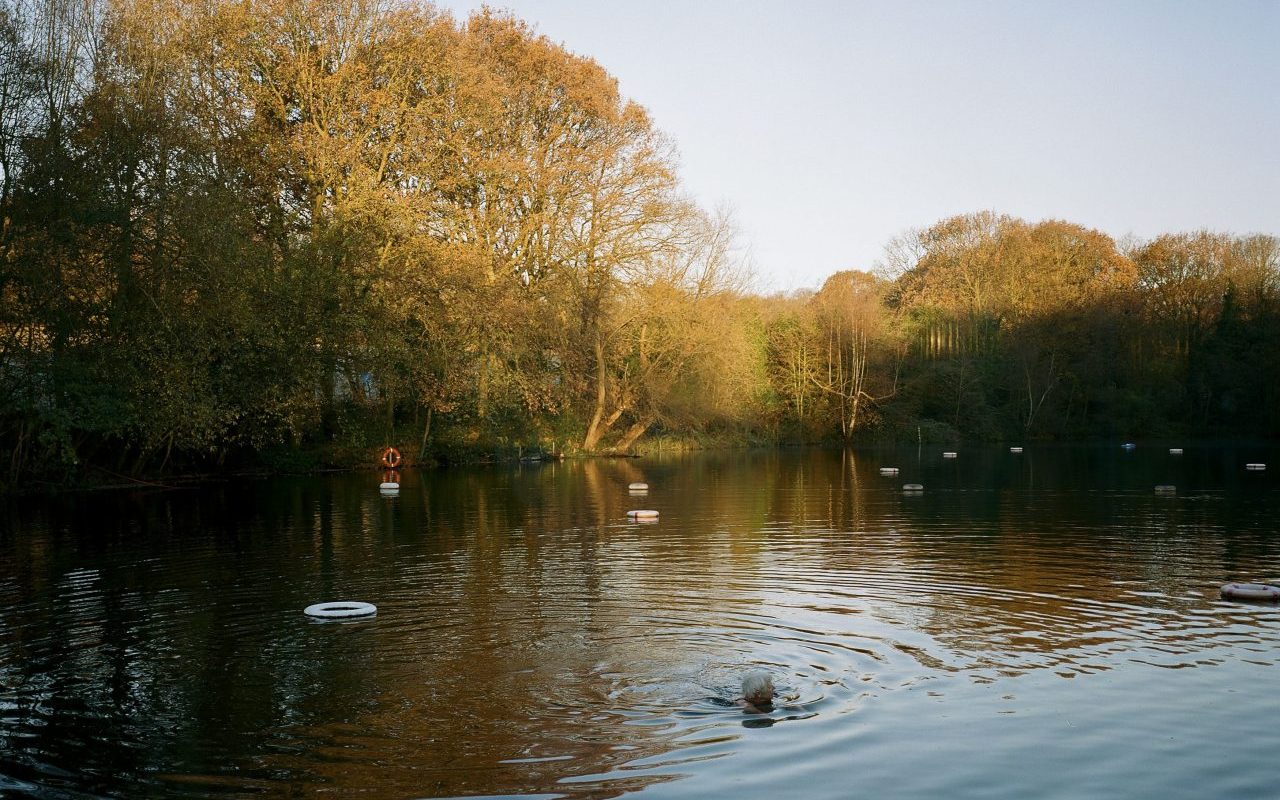
On the count of five, I leap into the deep, dark pond. It’s early December and the water is bitingly cold. My legs sting, as if they are being stabbed by a thousand little pins. I gasp at the sensation. The cold feels both frightening and fabulous. I kick out my tingling legs, push out my arms and start to move. The mineral-rich water is mud-brown and murky. I can just about make out my hands, pale and ghostly, in front of me. So begins my first wild swim in England.
Fuelled by adrenaline, I paddle quickly towards the centre of the pond. I tread water and look around. The pond, around 100 metres wide, is surrounded by trees, including stately oaks, elegiac elders and weeping willows. Together they form a protective circle around the pool, almost as if they are guarding the waters. It’s almost mid-winter and most of them have lost their leaves, creating a glorious carpet of rusty-amber and ruby-red hues below them. Only the beech trees retain their deep-orange leaves, blazing brightly like copper kettles.
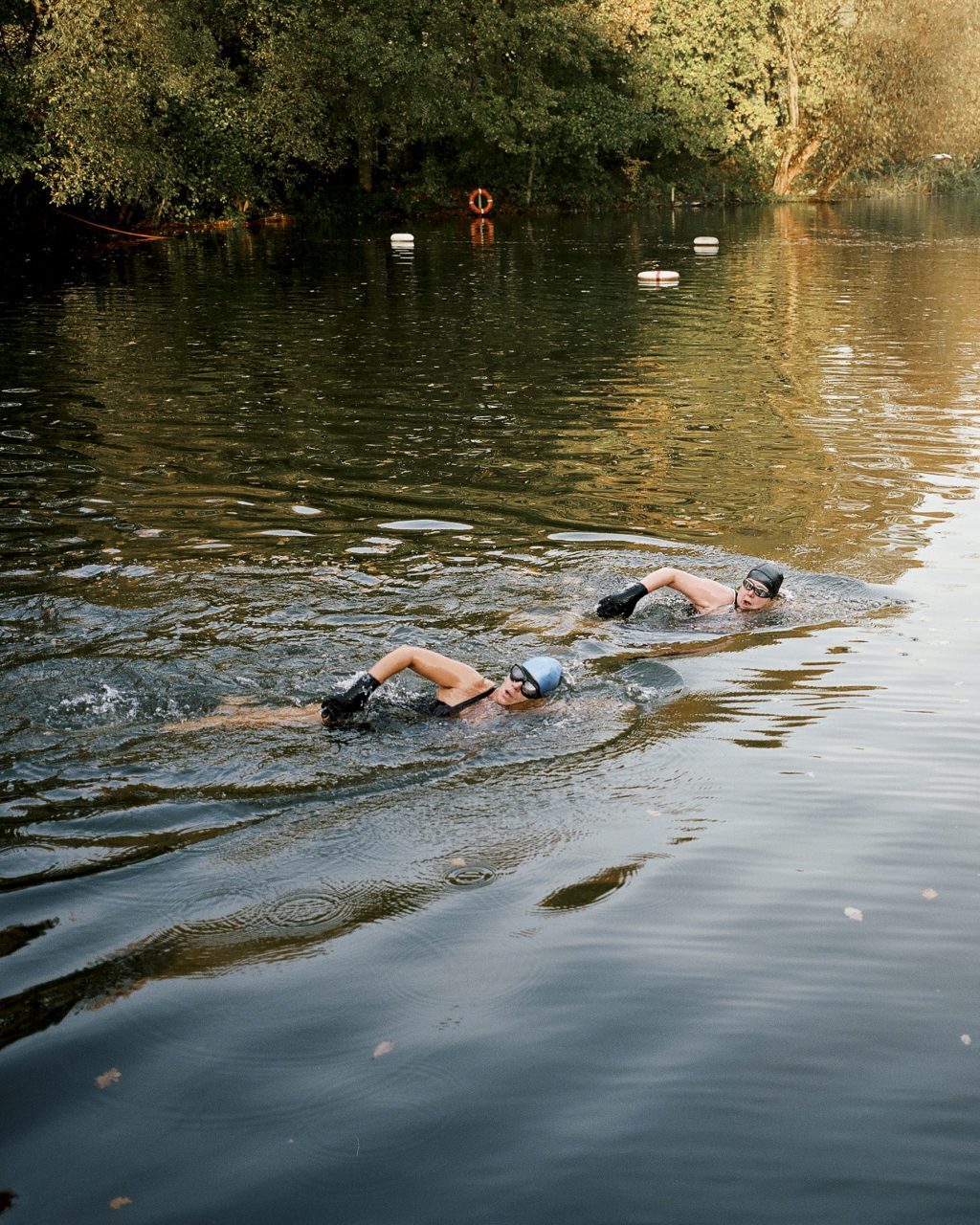
Around the pond’s edge, there are lady ferns and snowberry bushes, heavy with fruit. The small berries are milk-white, smooth like pearls and orb-shaped. One falls from a bush and lands on the water as gently as a baby’s breath, hardly creating a ripple. Just a stone’s throw away, a large, black cormorant is perched on a buoy. It’s close enough for me to see its hooked beak, perfect for hunting the carp that lurk some four metres down at the bottom of the pond. Its dark wings are pulled in tight, like a cloak, as if it is trying to keep warm too.
I start to shiver. My survival instinct kicks in and I know I must move quickly to generate heat and keep my blood warm. I propel myself forward, finding a fluid rhythm and focusing on my breath. From nearby, I hear the bold winter song of a male robin. I swim to his tune and soon find myself at the water’s edge where I climb up some steps leading to a wooden platform.
In my pink bobble hat, black swimming costume and little insulating neoprene socks, I make for an unlikely-looking mermaid. As I towel myself dry, sunshine filters through the trees, turning the pool golden, casting a gentle afternoon spell. The mellow light on the water is enchanting.
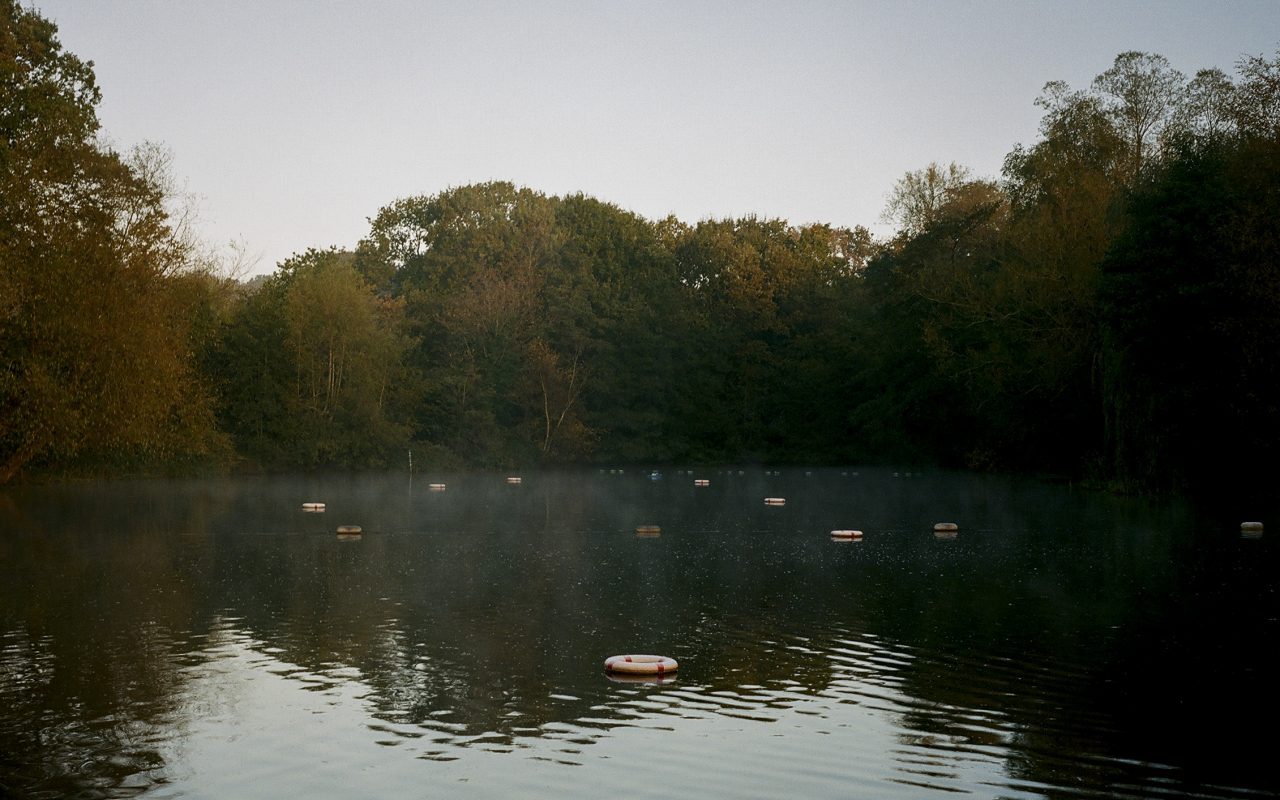
In this quiet, honey-hued, cold-water paradise, it’s hard to believe I’m in London, just six or so kilometres from the hustle and bustle of Oxford Street. I’m at the Kenwood Ladies’ Pond in Hampstead Heath, in the north of the capital. A tapestry of protected wild habitats, the Heath is an expansive green haven for a wealth of wildlife, including more than 180 bird species, as well as some of the United Kingdom’s most beautiful butterflies and rarely seen reptiles. Around 30 ponds can be found here too, three of which are reserved for wild swimming.
Known as the Highgate chain, these three ponds – the Kenwood Ladies’ Pond, the Highgate Men’s Pond and the Hampstead Mixed Bathing Pond – offer some of London’s best and safest opportunities for wild swimming. Both Kenwood Ladies’ Pond and Highgate Men’s Pond are open every day of the year and lifeguards are always present. Originally dug in the late 1700s as freshwater reservoirs, the ponds once provided safe drinking water for London’s growing population. By the mid-1920s, they officially became swimming ponds, although Londoners had been swimming in them for centuries.
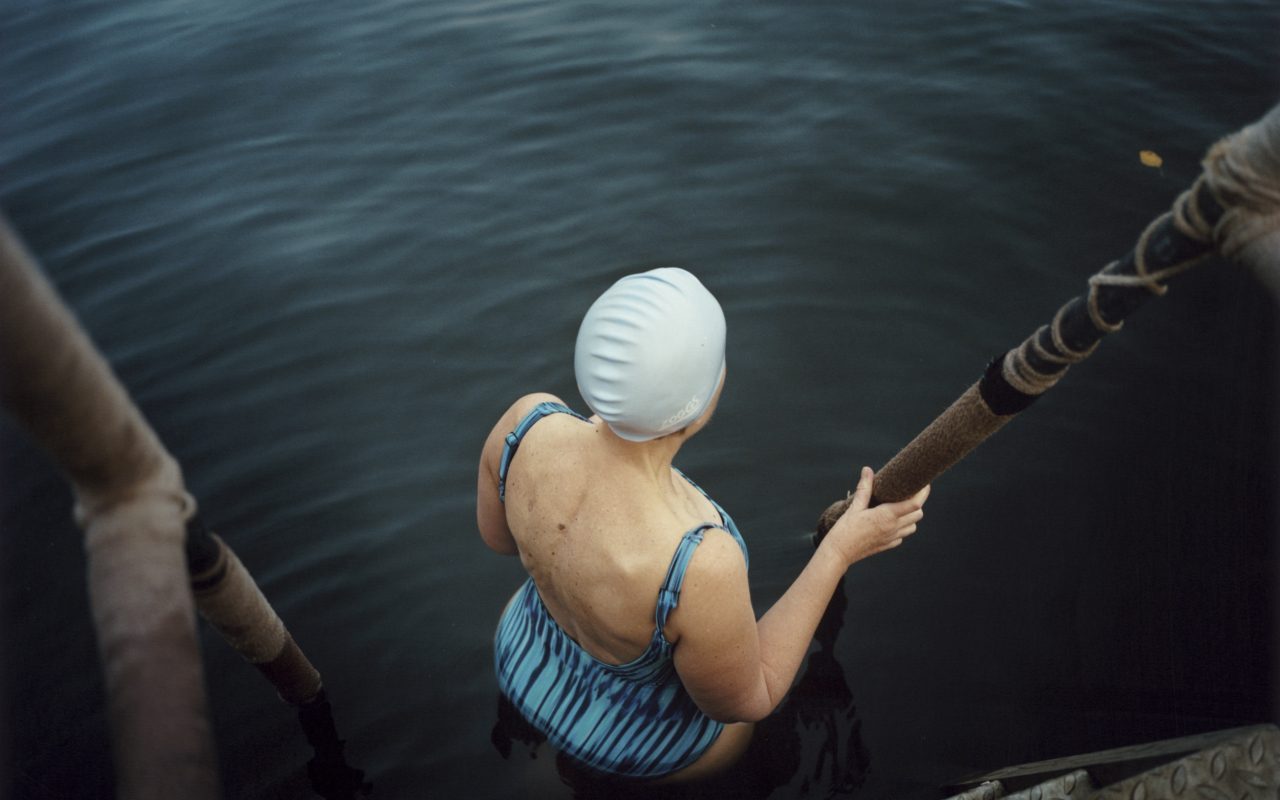
For more than a decade, wild swimming in Britain has been growing in popularity. For example, membership of the Outdoor Swimming Society, an organisation providing information about the best places to go wild swimming in the UK, has grown from 300 in 2006 to a staggering 27,000 in 2018. So, what’s behind the growing appeal of wild swimming?
Much of the attraction is being able to swim in beautiful natural settings, but it’s also connected to the physical and emotional benefits that swimming in wild waters, especially Britain’s chilly ones, can bring. Plunging into cold water boosts immunity, improves circulation, reduces inflammation and can bring down high blood pressure. And, as a response to the chill and the physical effort required to stay warm, feel-good chemicals – including endorphins and dopamine – flood the body, creating a strong sense of well being.
Amy Key, who is in her early forties, is an acclaimed poet and contributor to At the Pond, a well-received literary anthology of essays about the wonders of swimming at Kenwood Ladies’ Pond. A wild-swimming devotee for many years, Amy vouches for cold-water dips both here in the UK and abroad. Shaking long blonde hair from her eyes, she tells me about swimming in a freezing lake in Switzerland. “The water was so cold,” she says. “I thought my heart might stop, but it also felt like it was transferring the most tremendous energy to me.”
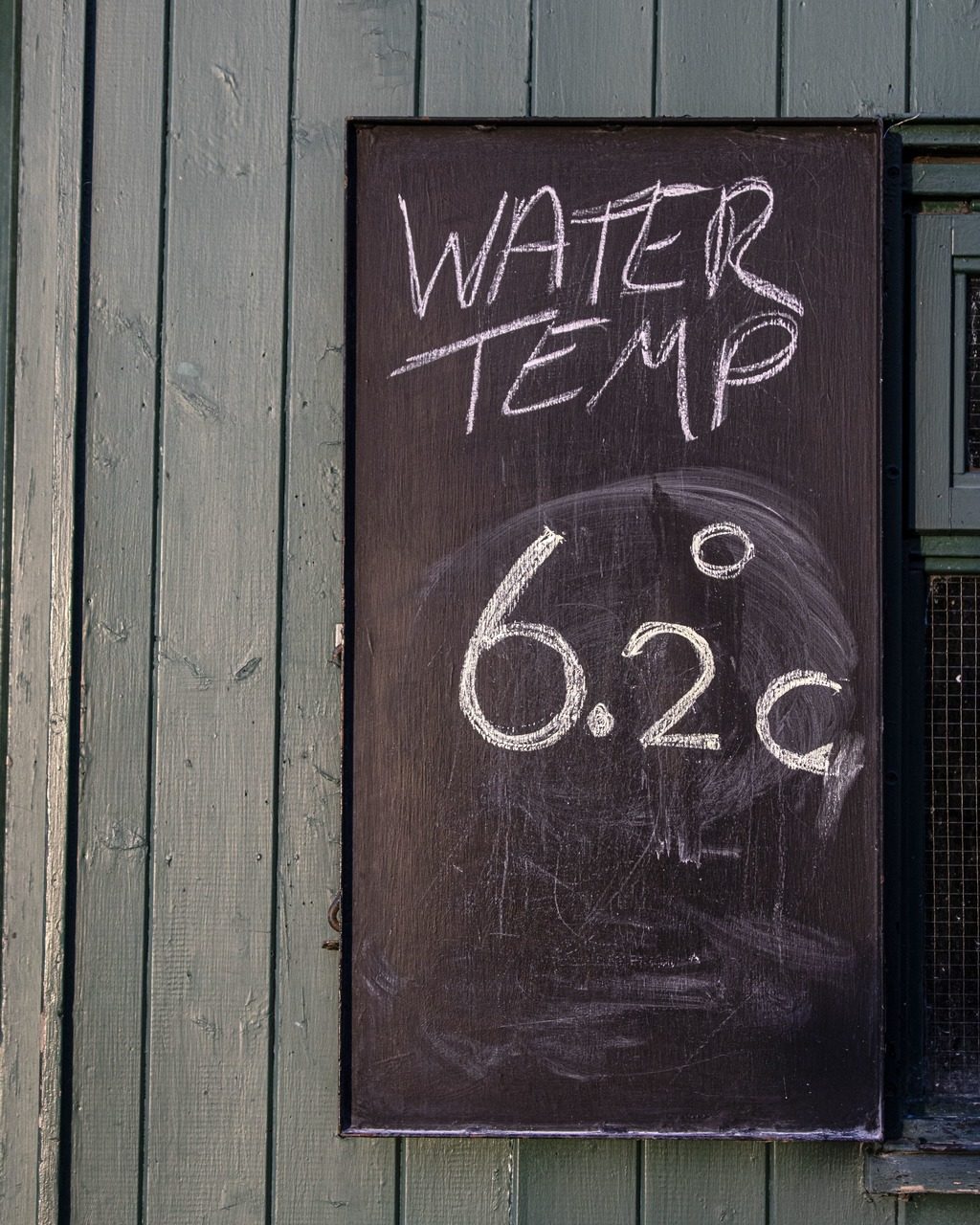
Biting temperatures are not just a medical balm for the body, though. The soul benefits too. Instead of rigid lane swimming, wild swimmers choose their own routes. They can float on their backs and count clouds. They can inhale the sweet fragrance of wild water mint and marvel at the jewel-bright aquamarine colours of kingfisher wings. For some, the physical and emotional benefits can be life-changing.
Rosie Gee, 27, works in music management and is a recent convert to wild swimming, travelling for more than an hour from her south London home to take the waters at Kenwood. Rosie tells me about the benefits she experiences after swimming at the pond. “I feel calmer, clear-headed and relaxed,” she reveals. “I feel infinitely better after swimming here.” This is something Amy feels too, adding, “Swimming in nature is one of the few things that immediately soothes my anxiety. Wild swimming is one of the most joyful things I have in my life.”
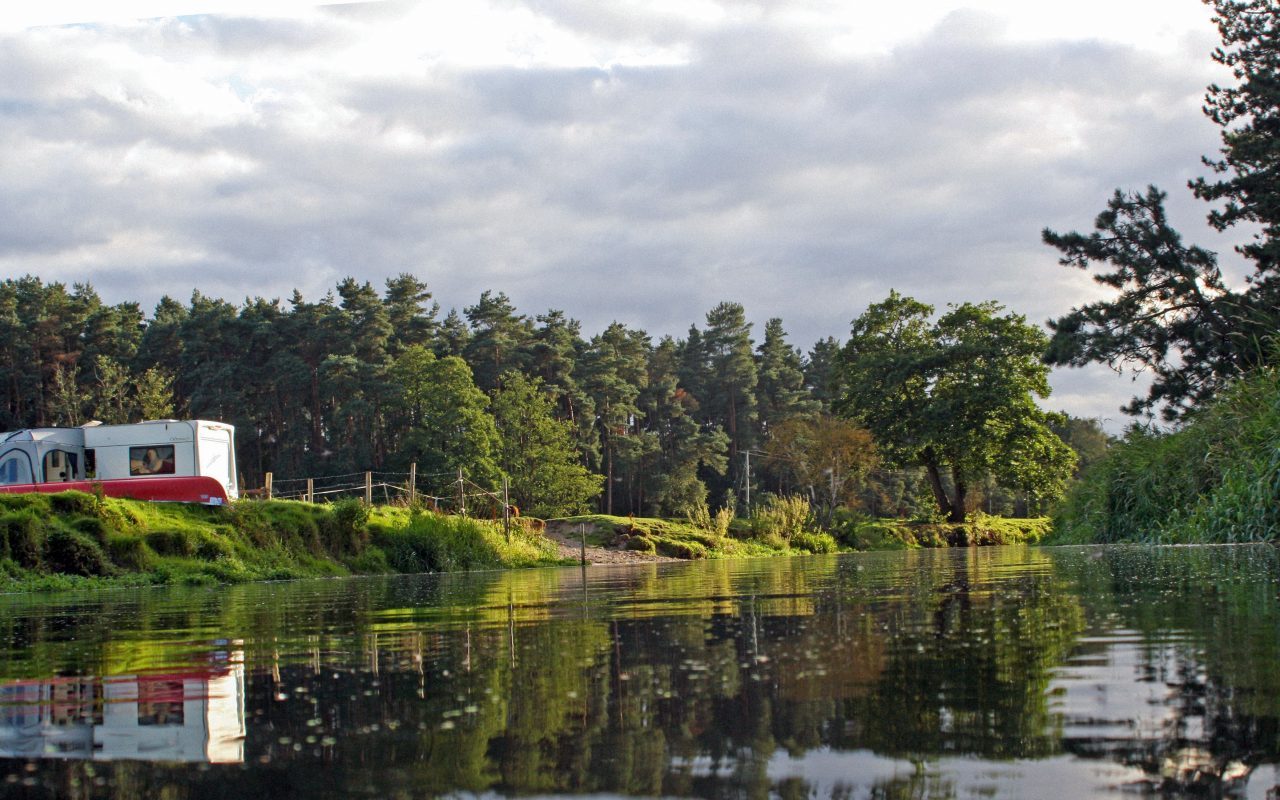
I ask Rosie what exactly it is about swimming at Kenwood that restores her. “There’re a few things,” she replies. “I love the anarchy of it, how it’s totally against what we’re conditioned to do. The 30 minutes I spend in the water are a much-needed break from the world, especially the technology. I love the peace, the beauty. I feel like I’m not in London.”
“You can swim in all kinds of wild waters, from huge moorland lakes to former industrial gravel pits”Wild swimmers throughout the UK are blessed with a watery kingdom of places for a dip. In the south of England, you can swim in all kinds of wild waters, from huge moorland lakes to former industrial gravel pits. Down in Cornwall, at St Nectan’s Kieve, wild swimmers marvel at the base of a spectacular 18m waterfall, believed by some to be a sacred place of healing waters; in the woodland glades of Oxfordshire’s Chimney Meadows, swimmers delight in the emerald sparkle of shallow pools; and in Suffolk and Norfolk, in the clear waters of the Little Ouse, swimmers thrill at their closeness to the evergreen trees of Thetford Forest, Britain’s largest lowland pine forest.
Back at Kenwood Ladies’ Pond, I’m warming through nicely. My legs are still prawn-pink with cold, but I can feel my feet tingling. I’m joined on the platform by 68-year-old Maisie Hall, a retired teacher and ex-Londoner. Towel-drying her white-as-snow hair, Maisie tells me that when she visits London she always returns to the pond. “Kenwood was my life,” she says. “I swam here daily.” I relate to Maisie’s words immediately. Who wouldn’t want to swim here as often as they could? With that thought, I resolve to swim at the pond again tomorrow.
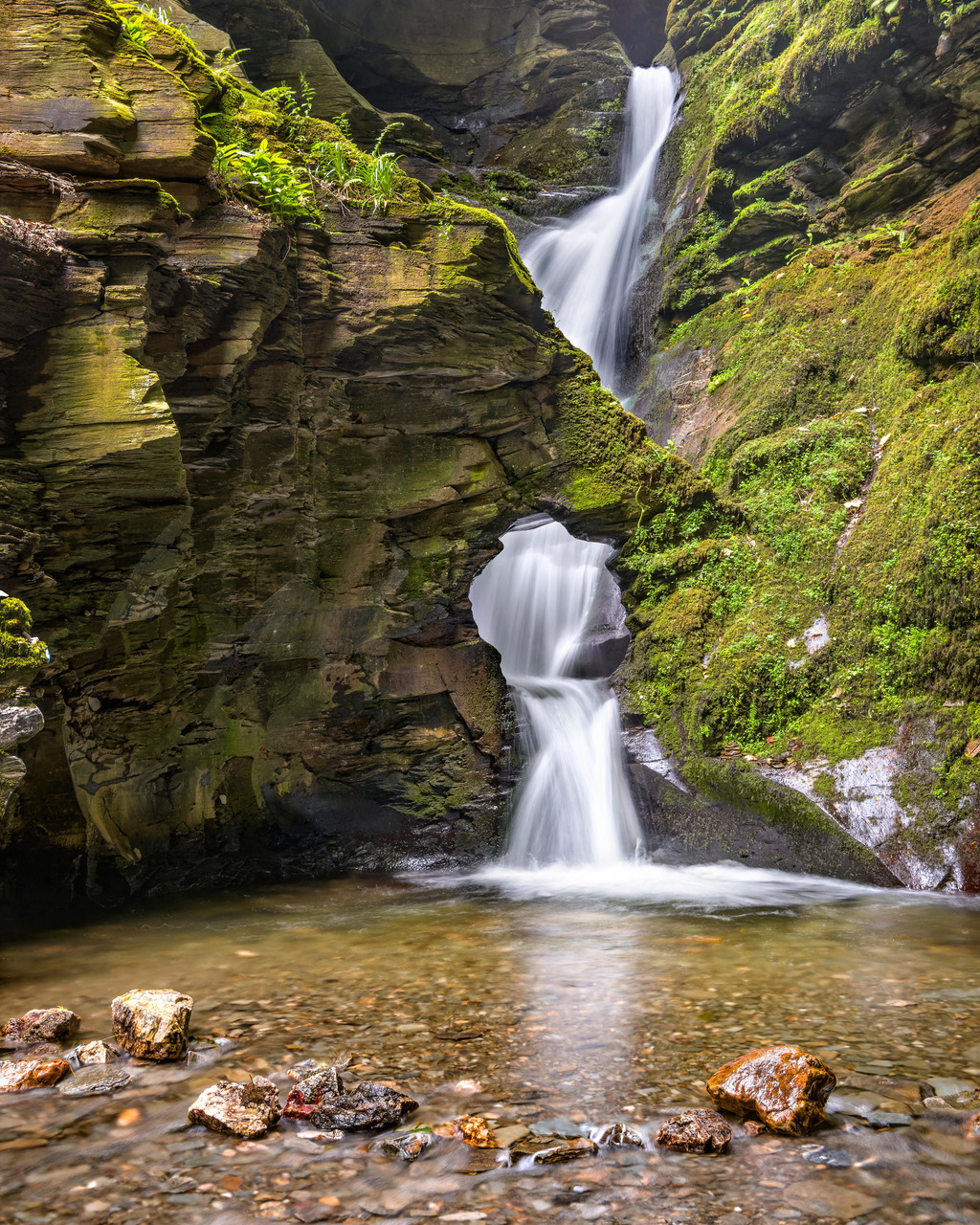
And so, here I am. Back in the deep, dark pond at 9.30am. Overnight, the temperature has dropped to freezing point, and here and there are little patches of broken ice, thin as glass, floating on the water’s surface. There’s no sign of yesterday’s cormorant, but there is singing – from not just one, but two robins. I can see one of them, perched among the tendrils of spent honeysuckle in the branches of a leafless tree.
As the robin sings, his berry-red chest swells and so too does my heart. In this cold, cold water, there is wild-winter enchantment; a tangible, enduring allure that’s enraptured countless swimmers for hundreds of years. Swimmers who, just like me, have fallen for wild swimming in a season mistakenly considered the least welcoming time of the year.
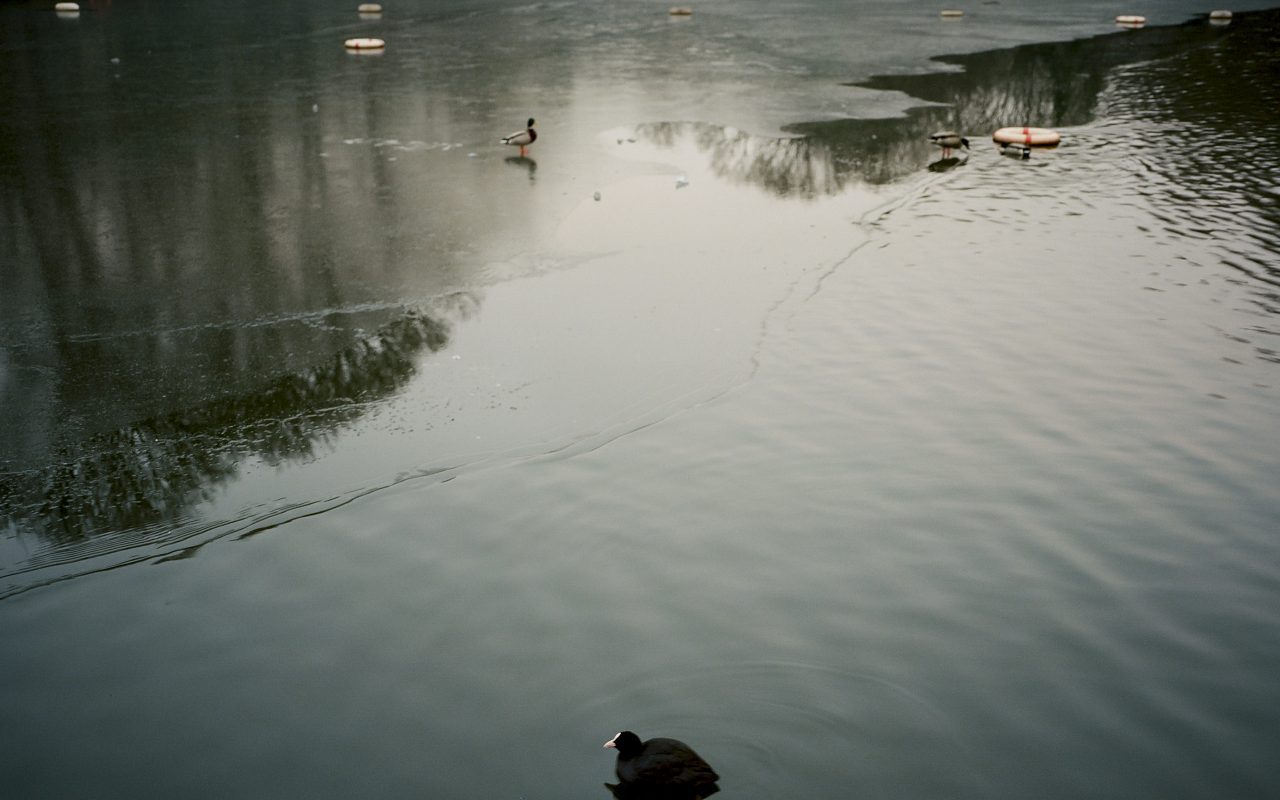
Tips for wild swimming
1. Don’t get cold.
Waters in the UK can be very chilly. Always acclimatise, be aware of and familiar with the different symptoms of hypothermia, don’t stay in cold water for long, carry dry clothing and move around as much as possible before and after swimming.2. Do check the current and depth.
Always know the speed of currents and avoid fast-flowing areas. Dive with caution – rocks and branches are easily disguised in deep water.3. Don’t swim alone.
Having someone around will ensure that you stay safe if you happen to get into trouble.4. Do wear appropriate clothing.
Don a set of goggles, wet shoes and a high-vis hat. If you’ll be in the water for a while, wear a wetsuit.5. Do know the health basics.
Have an escape plan, cover open wounds, check for ticks and leeches and don’t swim in any area where blue-green algae is present.Other enticing wild-swimming spots in the United Kingdom
1. Pangbourne, Berkshire
Easy to reach from London, this beautiful village is a stone’s throw from the famous River Thames. Keep an eye open, too, for water voles which are common here and may well have been inspiration for The Wind in the Willows, whose author, Kenneth Grahame, lived nearby.2. Frensham Great Pond, Surrey
In the 13th century, the Bishop of Winchester had this 50m pond dug out for fishing. These days, it’s a scenic place for wild swimming and is surrounded by forested hills and heathland that’s home to Dartford warblers, nightjars, lizards and unusual flora.3. Grantchester Meadows, Cambridgeshire
Upstream from Cambridge, the River Cam meanders for around three kilometres through unspoilt bucolic meadowland. During the winter, take advantage of the clear waterways, which can be clogged with punts and canoes during warmer months.
Singapore Airlines flies to London four times daily. To book a flight, visit singaporeair.com
SEE ALSO: Neighbourhood spotlight: Battersea, LondonThis article was originally published in the February 2020 issue of SilverKris magazine
The post Not just for summertime: Wild swimming in England’s icy waters appeared first on SilverKris.
from SilverKris
No comments:
Post a Comment